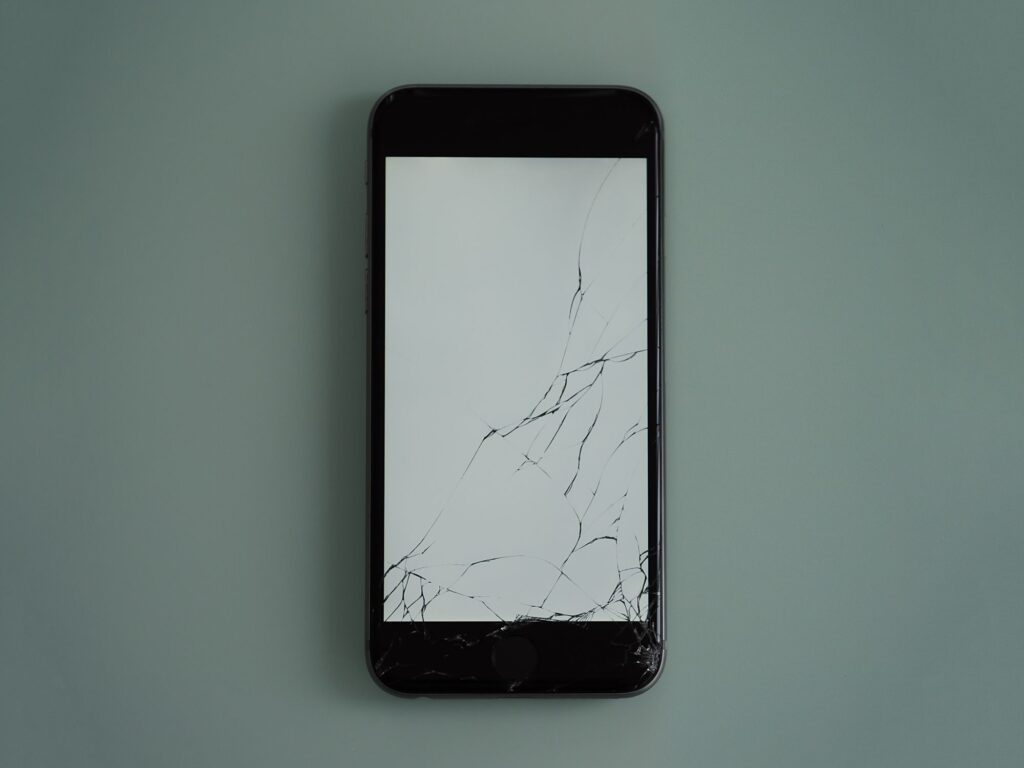How To Self Repair Cracked Display Phone, IIT-Kharagpur and IISER-Kolkata researchers have developed a novel “self-healing crystalline material” that could soon be used in smartphone screens.
A cracked or damaged phone screen is a common occurrence that we’ve all encountered at least once, if not multiple times. Smartphone technology advances at a breakneck pace every year, driving up the cost of devices, accessories, and replacement parts.
It costs money to drop your phone on the floor and break the hardened glass screen. In fact, for many people, the fear of smashing phone screens has become a source of anxiety.
A group of researchers from the Indian Institute of Technology (IIT) Kharagpur and the Indian Institute of Science Education and Research (IISER) Kolkata recently published a paper in the journal Science about a new “self-healing crystalline material” that can reassemble broken glass parts to restore their original shape.
“Wound healing in live tissue and bone has inspired various synthetic self-healing polymers, gels, and other soft materials in the last decade or so,” the research team said in a statement. However, reproducing such healing in crystalline materials has proven difficult due to their rigidity, which prevents material diffusion at the injured portion due to dense and regularly organised molecules.”

The research, led by Professor C Malla Reddy, is predicated on the idea that mechanical impacts don’t always result in irreversible damage. The researchers created a crystalline solid material with a polar configuration. This means that any material breakdown along a surface will result in opposite electrical potentials at the shattered surfaces.
The material is piezoelectric, which means it can convert mechanical energy into electric energy and vice versa. Piezoelectricity reportedly is crucial to self-healing in natural biomaterials.
The glass used in the demonstration is made up of needle-shaped crystals that are about 2 mm long and 0.2 mm diameter. Many of these are held together by strong attraction forces that exist between their surfaces.
If it breaks, the forces will reassemble the broken pieces to begin self-healing. While the concept of self-healing isn’t new, this method is different because it doesn’t rely on external factors like electricity or heat, which were important in previous treatments.
It also outperforms previous self-healing technologies in terms of toughness. The material is roughly ten times tougher than previous soft and amorphous materials.
Nonetheless, it is uncertain when the technology will be available for purchase on cellphones. Touch responsiveness and other issues that enhance the user experience will need to be addressed first.

